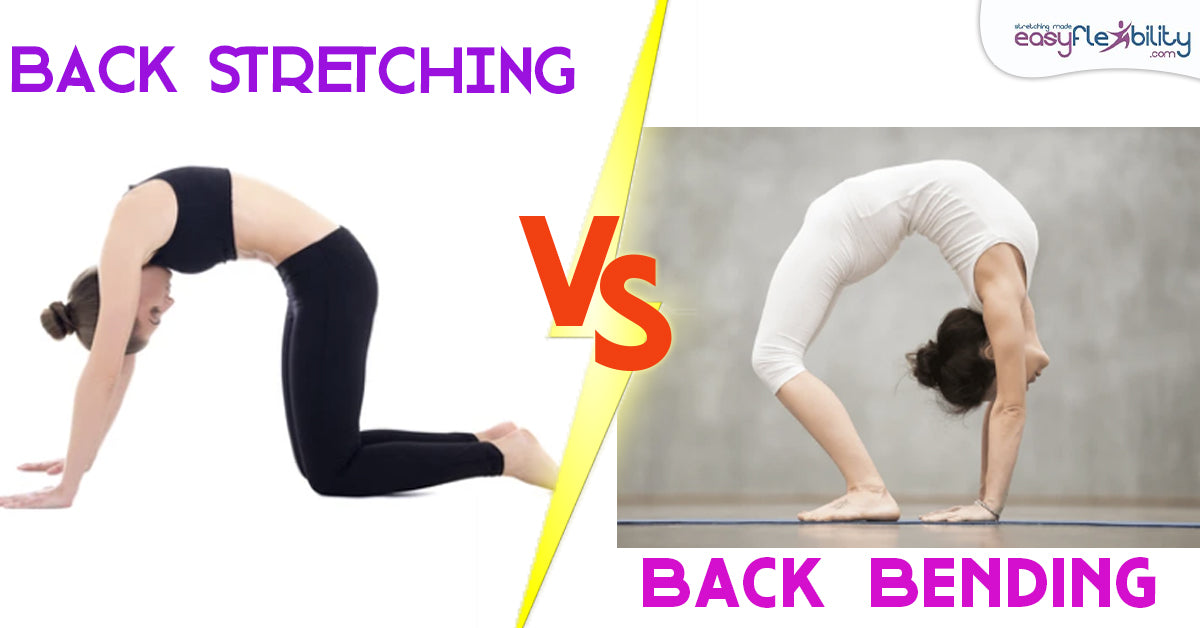Renverse (Ronverse) Tilt Jump
Posted by Paul Zaichik on
We got multiple request to do a Kinesiological Break Down of this jump.
Enjoy!
Enjoy!
Phase One
In this phase the center of gravity is lowered in preparation for the jump. Quadriceps are the primary muscles to take the pressure, from bending of the knees.

Calf is the muscle that will plantar flex the ankle at the take off. This muscle is loaded as the hips drop.
The posterior chain (Gluteus Maximus, Hamstrings and Spinal Extensors) will be activated. Glutes, and Hamstrings to extend the hip and Spinal Extensors to stabilize the spine.
- The more a dancer leans forward the more activation the muscles in the back of the body will experience.
Adductor Magnus, hip extensor fibers, will help to extend the hip.
The wider the knees travel apart and the more plie is used instead of a squat, the more vertical the torso will be. This in turn will minimize the utilization of the posterior chain. However lower fibers of the Gluteus Maximus, will fire regardless, as they not only extend the hip, but also adduct.
A Dancer's Jump is a Leap of Beauty!
A dancer’s jump is a leap of beauty. Soaring above the stage is more than a just a quest for a distance from the floor.
The vertical projection of dancers instrument must be performed gracefully and effortlessly. The height is beautiful. Still, it should never come with a break in structure and posture. An Olympic vertical jumper just needs to jump high. A dancer needs to mesmerize while airborne.
Our "High Jump for Dance" program will get you jumping higher and more graceful than you ever thought possible!
Phase Two
In this phase the right leg takes off. Torso and head begins rotate. Flexors of the right hip fire. Quadriceps extend the knee. Calf points the foot. Turning the head to the right, left Sterno-cleido Mastoid contracts, as it turns the head to the opposite direction. Right Splenius Capitis assists in the rotation of the head.

The center of gravity shifts over the supporting left foot, to give it all a final push for take off. This shift loads the left Gluteal Group (Gluteus Minimus, Medius and Maximus). Left Quadriceps prepare to extend the knee and Calf prepares to plantar flex the ankle.
The right side of the core is loaded in preparation for shortening to bring the right Iliac Crest toward the floating ribs.
- Large amount of pressure is taken by the Quadratus Lumborum. Spinal Extensors and Abdominals participation will depend on the position of the torso. Former will be engaged if the shoulders are in front of the hips and later if the situation is reversed.
The rotation of the torso is performed by the left External Obliques and Right Internal Obliques.
Posterior chain in general will be called into play with forward leaning torso.

Blue hightlight shows muscles lengthening. Primary lengthening takes place at the right Gluteus Maximus, Piriformis and Hamstrings. In addition there is some lengthening in right Adductor Magnus and left Tibialis Anterior.
Phase Three
This is the "Spectacular Part of the Skill".
Very similar muscles contract and lengthen on both sides of the body. Of course the right side involves more flexibility and more contraction, unless the whole tilt is coming from the lateral flexion of the core.

Hip Flexors, Abductors and Quadriceps contract on both sides. Most of the muscles except for the Quadriceps perform partial contractions.
Abduction is performed by Gluteus Minimus, Medius and Upper Fibers of Maximus. There is slight negation in function in Minimus and Medius since both prefer medial rotation, opposite the position of the femur.
Tensor Fascia Latae abducts as well, and is also partially negated by lateral rotation. Although it is in great position to perform flexion/abduction of the hip.
Sartorius favors the abduction, flexion and lateral rotation. The only action that takes away from its complete engagement is extended knee, as it is a flexor of the knee.

- Lateral Rotation is superimposed on this technique. Only if extreme outward rotation is required, the Deep Six Lateral Rotators will truly engage.
The spine is flexed to the right. This action forces all the right sided muscles of the core to engage.
Calf as always points the toes, assisted by toe flexors.
On the lengthening side, Adductors, Pectineus and Hamstrings are stretched. Left side of the core is also lengthened. Tibialis Anterior is fully stretched as well.
A Dancer's Jump is a Leap of Beauty!
A dancer’s jump is a leap of beauty. Soaring above the stage is more than a just a quest for a distance from the floor.
The vertical projection of dancers instrument must be performed gracefully and effortlessly. The height is beautiful. Still, it should never come with a break in structure and posture. An Olympic vertical jumper just needs to jump high. A dancer needs to mesmerize while airborne.
Our "High Jump for Dance" program will get you jumping higher and more graceful than you ever thought possible!
© ElasticSteel Corp., EasyFlexibility, Paul Zaichik, et. El., 2022. No part of the materials available through ElasticSteel.com, EasyFlexiiblity.com, site may be copied, photocopied, reproduced, translated or reduced to any electronic medium or machine-readable form, in whole or in part, without prior written consent of Paul Zaichik EasyFlexibility.com, Elasticsteel.com.. Any other reproduction in any form without the permission of Paul Zaichik EasyFlexibility.com, Elasticsteel.com is prohibited. All materials contained on this site are protected by United States copyright law and may not be reproduced, distributed, transmitted, displayed, published or broadcast without the prior written permission of Paul Zaichik, EasyFlexibility.com, Elasticsteel.com.
Share this post
0 comment









